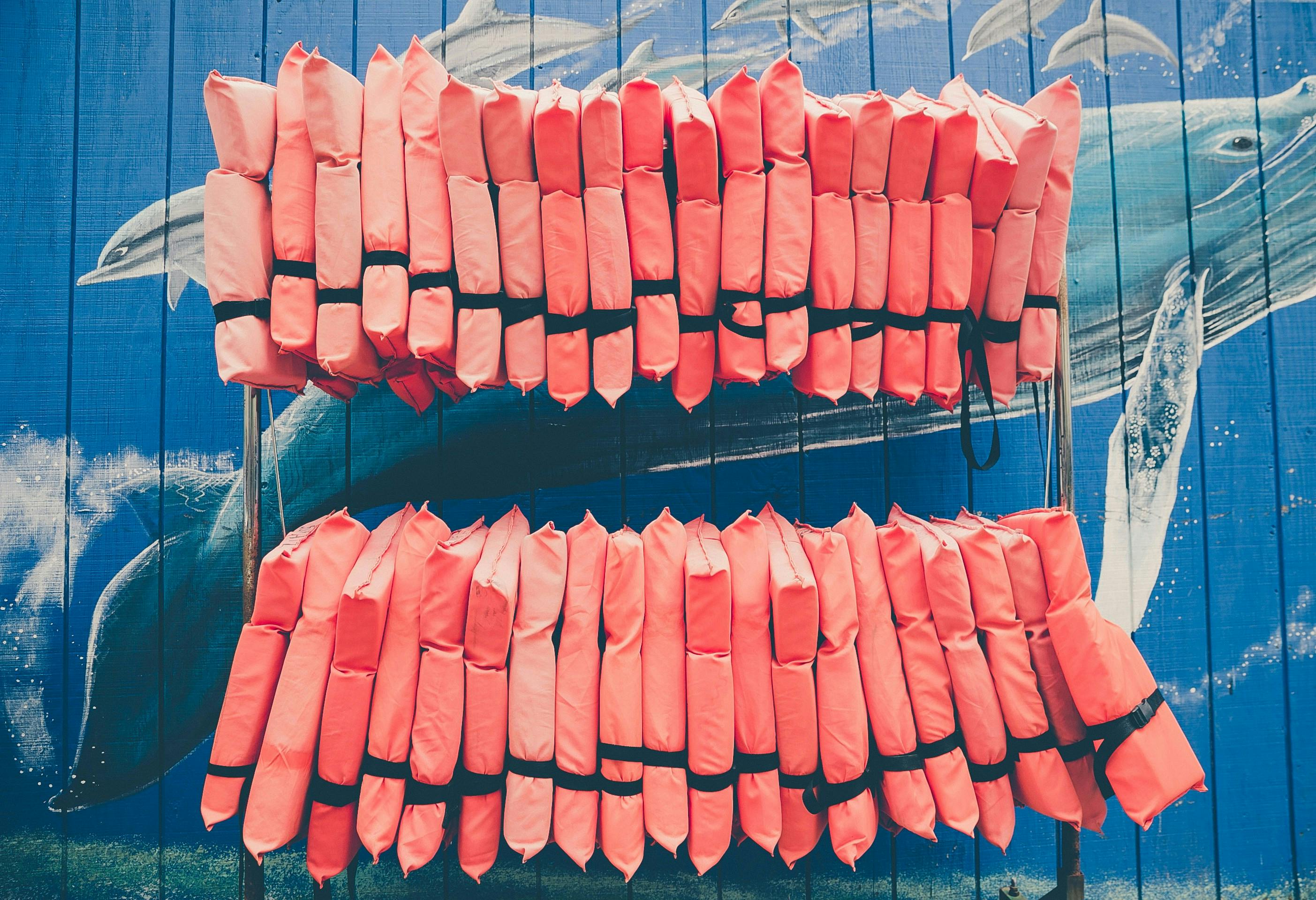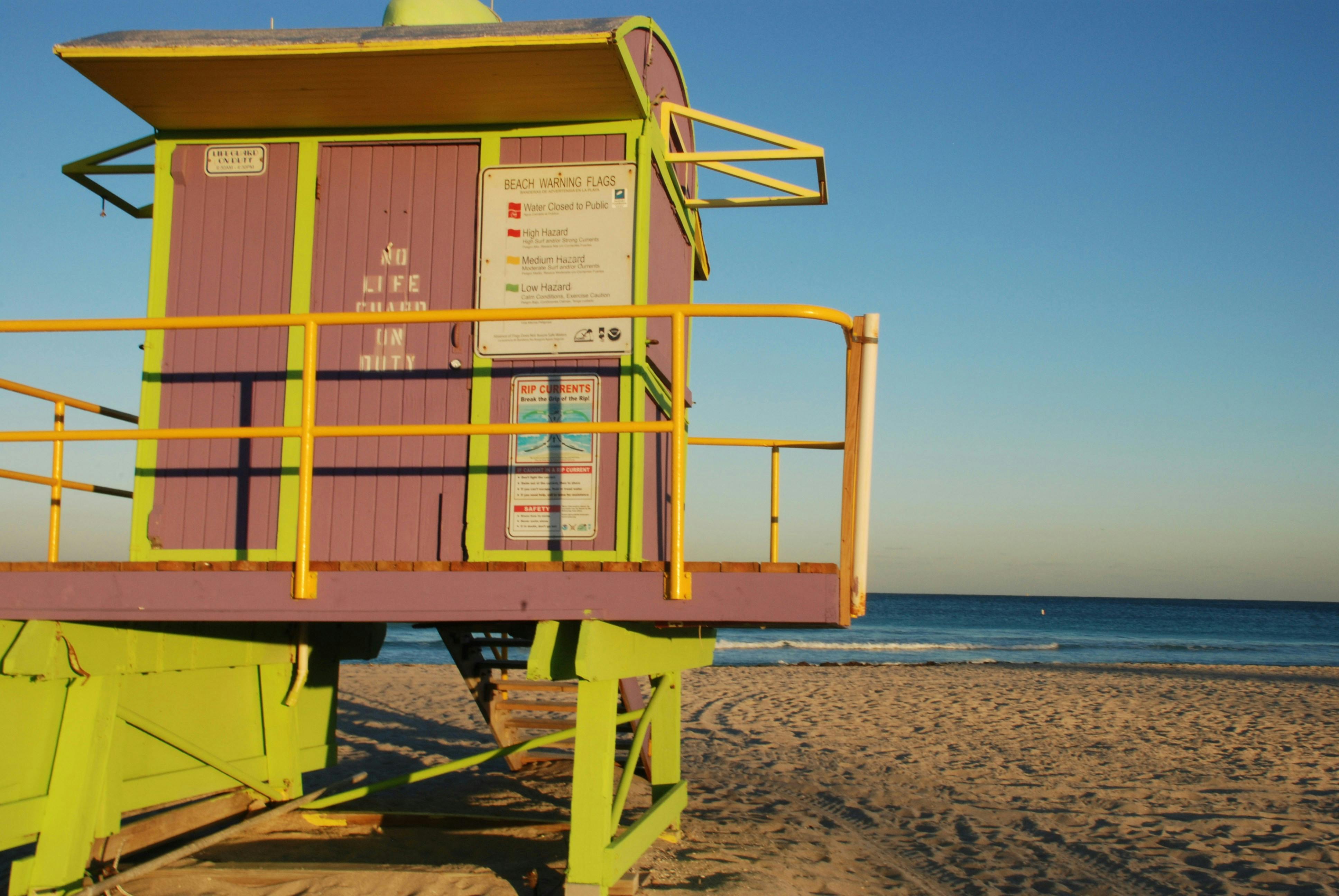The summer is a wonderful time to go swimming, but it's important to take a moment to recognize the risks that come with swimming. From rip currents to dehydration, there are a few things you need to keep in mind before getting in the water. Here are our top tips to help you stay safe while swimming this summer.
1.) Pick a Safe Place to Swim
Not all beaches, lakes, rivers, and other bodies of water are safe for swimming. Some areas may have stronger than usual currents, underwater hazards, or are located too close to water runoff sites that make swimming dangerous. Make sure to do your research and pick a safe place to swim before you get in the water. Sites like Best Beaches Near Me and Lake Near Me can help you locate a safe place to swim in your area.
2.) Check the Weather and Water Conditions
The weather and water conditions can change quickly at any time of the year, so it's important to stay up-to-date on the latest conditions. Check the weather forecast on the National Weather Service website at least a day before you plan to go swimming. If there are high wind or weather advisories, consider making a backup plan. The day you plan to go swimming, check the water conditions at your chosen swimming spot. If the water is murky or there's a strong current, it's best to find another place to swim or to stay on dry land.
3.) Bring Safety Gear
Even if you're a strong swimmer, it's always a good idea to bring along some safety gear. A life jacket or floatation device can help whenever you swim in areas above your head and prevent you from tiring out too quickly while swimming. If you're swimming in an area with a lot of people, consider attaching a whistle to your life jacket to signal for help if needed.

4.) Only Swim in Designated Areas
Make sure you know where it is safe to swim before you get in the water by reading signs near the entrance of the beach and looking around for roped-off areas on the beach or in the water. Stay out of areas that are not designated for swimming is important for a few reasons:
- Lifeguards can only monitor swimming areas that are designated – so if you swim outside of these areas, you are on your own.
- Non-designated areas may have dangerous underwater objects like sharp rocks or manmade materials that are hard to see.
- Non-designated areas may be open to watercraft, who are not expecting swimmers in the area.
- Non-designated areas may be on private property or are areas protected for wildlife.
5.) Don't Swim Alone
Swimming with a buddy is always more fun, and it's safer too. There's safety in numbers, and it's always good to have someone nearby in case of an emergency. If you're swimming in an unfamiliar body of water or quite a distance from where you originally started, make sure someone knows where you are, where you plan on going, and when you're expected to return.
6.) Be Prepared for Emergencies
Before you go into the water, identify the location of the nearest lifeguard station. If you're swimming in a remote area, make sure you have a plan for how to get help if needed. You never want to be trying to figure this information out in the middle of an emergency. It's also a good idea to bring along a first-aid kit and know how to use it in case of small cuts or scrapes.

7.) Don't Drink and Swim!
Just like driving, drinking and swimming is a dangerous combination. Alcohol can cloud your judgment, lower your inhibitions, and make it more difficult to swim safely. If you're going to be drinking, only stay in shallow water and have a sober buddy with you who can help keep an eye on you while you're in the water.
8.) Beware Aware of Rip Currents
Rip currents are strong, fast-moving channels of water that can quickly pull swimmers out to sea. They can be incredibly dangerous and can happen on any large body of water - not just the ocean. If you're swimming in the ocean, be sure to check the local conditions for riptide warnings before you get in the water. If you believe that you are caught in a rip current, swim parallel to the shore until you're out of the current, then swim back to shore. If you can't get out of the current, float or tread water until it subsides.
9.) Stay Hydrated
It may seem counterintuitive, but dehydration is a frequent problem for swimmers. It's critical to stay hydrated when swimming, especially in the summer heat. Drink plenty of fluids before and after swimming and take breaks often to rest and rehydrate. If you start to feel dizzy or lightheaded while swimming, stop immediately and get out of the water.
10.) Know Your Limits
It's important to know your own swimming abilities and limits before you get in the water. If you're not a strong swimmer, only swim in areas where you can touch the bottom and never venture too far from shore. If you start to feel tired, stop swimming and take a break. It's also important to be aware of how long you've been swimming and how much energy you have left. Swimming can be taxing on your body, so it's important to make sure you're not pushing yourself too hard. Consider talking with your doctor about any health conditions that might impact your ability to swim safely.
Swimming in the summer is a fun and healthy way to enjoy the great outdoors. With these tips in mind, you can enjoy your time in the water while staying safe!
